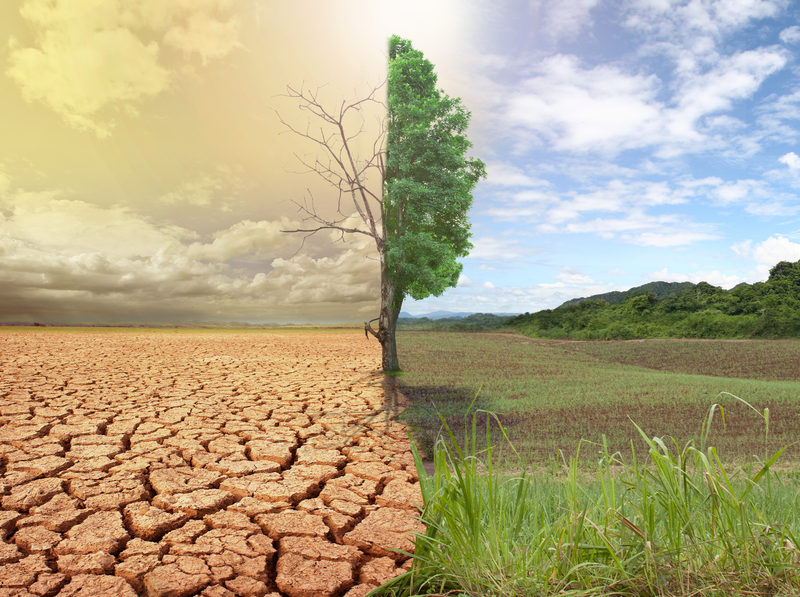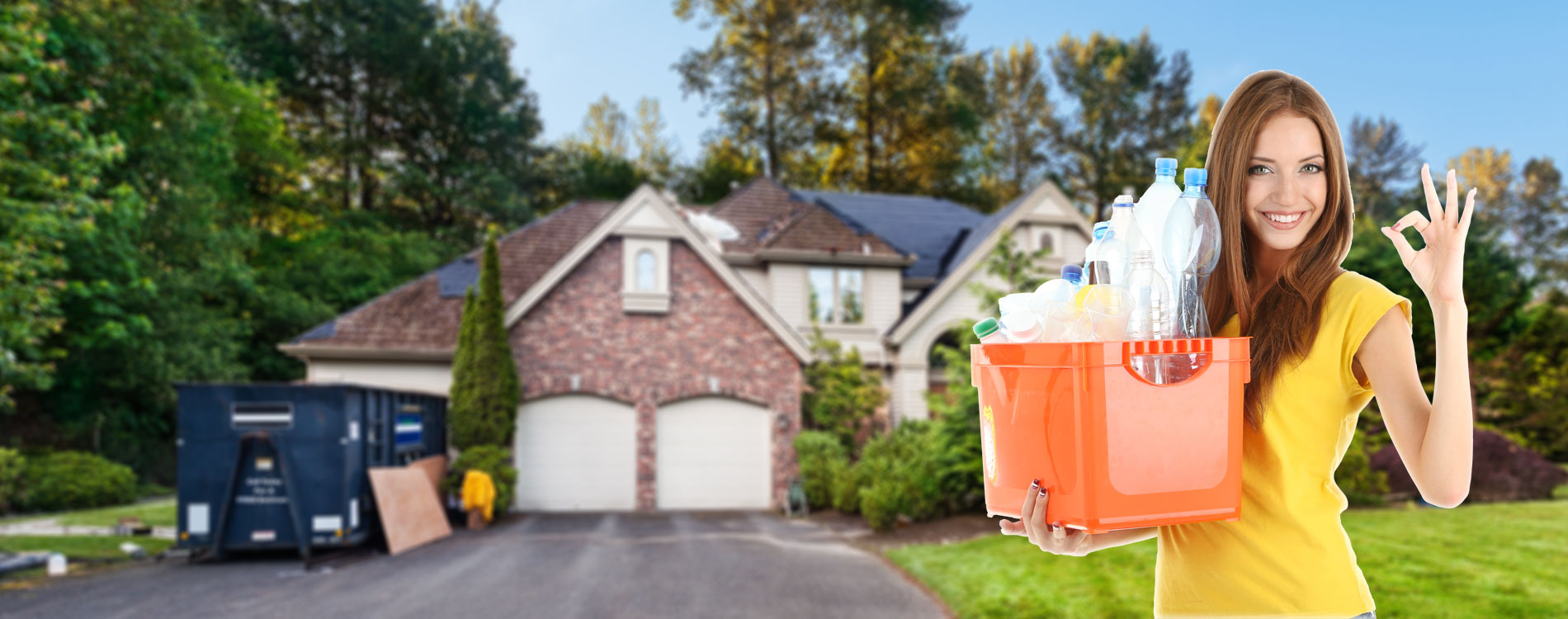Steps for Easy Paper Recycling at Home
Posted on 11/09/2025
Steps for Easy Paper Recycling at Home
Recycling is an essential part of sustainable living and among the various materials we can recycle, paper tops the list in terms of ease and environmental impact. By recycling paper at home, you not only contribute to saving trees but also reduce landfill waste and conserve energy. Here's a comprehensive guide on how to handle paper recycling right from your home.
Why Recycle Paper?
Paper recycling has significant environmental benefits. For every ton of paper recycled, approximately 17 trees are saved. Additionally, recycling paper reduces greenhouse gas emissions, saves water and energy, and lessens the amount of waste sent to landfills. By integrating paper recycling into your daily routine, you're taking a crucial step toward a more sustainable future.

Step 1: Understand What Paper Can Be Recycled
Not all paper products are created equal when it comes to recycling. Here's a quick breakdown of paper types you can, and cannot, recycle:
Recyclable Paper
- Office Paper: Including printer paper, envelopes (with or without windows), notebooks, and flyers.
- Newspapers and Magazines: These are commonly accepted and easy to recycle.
- Cardboard: Corrugated cardboard boxes and cereal boxes.
- Paper Packaging: This includes paper bags, wrapping paper (non-metallic), and paper gift bags.
- Mail: Junk mail and catalogs are generally recyclable.
Non-Recyclable Paper
- Greasy or Food-Soiled Paper: Pizza boxes with oil stains are a no-go.
- Tissue Paper and Paper Towels: These often contain contaminants that make them unsuitable for recycling.
- Wax-Coated Paper: Such as certain milk cartons and fast-food wrappers.
- Chemically-treated Paper: Receipts often have a thermal component that complicates recycling.
Step 2: Set Up a Home Recycling System
Having a dedicated system at home makes recycling easier and more efficient.
Choose the Right Containers
- Use separate bins for recyclable and non-recyclable paper to avoid contamination.
- Label these bins clearly to ensure everyone in the household knows where to place their paper waste.
- Consider using smaller containers in individual rooms where paper is commonly used, such as the office or kitchen. You can then transfer the waste to a larger, central bin.
Location Matters
- Place your recycling bins in easily accessible areas to encourage their use.
- Your kitchen, home office, and near the mail entry point are excellent places to start.
- Make it a habit to empty these smaller bins into the main recycling container regularly.
Step 3: Prepare Your Paper for Recycling
Properly preparing your paper waste is crucial to ensure it's recycled effectively.
Remove Contaminants
- Take out any plastics, staples, or paper clips attached to your paper. These can be removed manually and binned separately.
- Discard stained or food-soiled paper in your regular waste bin or compost heap if it's compostable.
Flatten Cardboard Boxes
- Flattened cardboard takes up less space and is easier to handle for recycling facilities.
- Use a box cutter or scissors to break down large boxes.
Shred Sensitive Documents
- Shred any documents containing personal information before recycling. This ensures your data remains safe and makes the recycling process smoother.
- Shredded paper can be bagged in paper bags for easier handling by recycling facilities.
Step 4: Know Your Local Recycling Guidelines
Each locality has different rules and procedures for recycling. Familiarize yourself with these to ensure you're recycling effectively.
Check with Your Local Municipality
- Visit your local municipality's website or contact them directly to learn about their paper recycling guidelines.
- Find out the schedule for curbside recycling pickup or locate the nearest recycling drop-off center.
Understand Accepted Materials
- Ensure you're recycling materials accepted by your municipal recycling program. What's allowed can vary, and non-compliance could mean your recyclables end up in a landfill.
- Some municipalities now offer apps or online tools to check the recyclability of various materials - these can be incredibly helpful as you get started.
Step 5: Participate in Community Programs
Sometimes, local communities have additional resources or programs to help with recycling.
Community Centers
- Check with community centers or local environmental organizations for additional recycling drop-off points or events.
- Participate in community clean-up or recycling drives. These events often accept a wider range of materials for recycling.
School Initiatives
- Many schools have paper recycling programs that accept contributions from families and community members.
- Consider supporting these initiatives by contributing your recyclable paper or even volunteering.

Encouraging Others to Recycle
Once you've got the hang of paper recycling at home, it's time to spread the word and encourage others to do the same.
Lead by Example
- Show your friends and family how easy it can be to recycle paper at home.
- Demonstrate your recycling system and share tips on how to manage paper waste effectively.
Use Social Media
- Share your recycling journey on social media platforms to inspire others.
- Post helpful tips, resources, and successes to motivate your network to join the cause.
Get Kids Involved
- Teach your children the importance of recycling and involve them in your recycling process.
- Make it fun and educational by setting up challenges or rewarding good recycling habits.
Conclusion
Recycling paper at home is a simple yet impactful way to contribute to environmental sustainability. By understanding what types of paper can be recycled, setting up an efficient home system, carefully preparing your recyclables, and following local guidelines, you can make a significant difference. Additionally, engaging with community programs and encouraging others to recycle can amplify your efforts. Start small, stay consistent, and watch your actions positively affect the planet. Happy recycling!


 020 8610 9486
020 8610 9486












